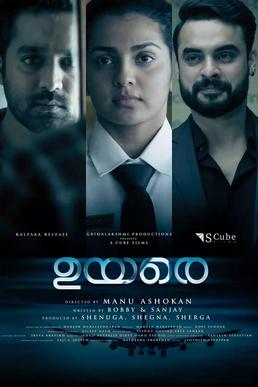After being lost in international trade wars, and ongoing wars on borders, a different kind of news was trending this week. And that is a good thing. On October 12, a marathon runner from Kenya, Eliud Kipchoge, completed the marathon distance in under 2 hours.

At first, I didn't understand what the fuss was about. 2 hours seems like a lot of time to do some running. What is so big about finishing the distance; my being out of touch with most sports failed to inform me that it was considered impossible to complete a full marathon in that much time. Kipchoge achieved something impossible, he is the first person on the planet to have run a distance of more than 26 kms in under this 2 hour time limit. One hour and 59 minutes is fast in a way that’s difficult to comprehend. Despite the formidable distance, Kipchoge ripped through each mile of his run in about four and a half minutes.
Truly commendable. One for the record books.
Not quite. Mind blowing as it is, Kipchoge did not break the record for the fastest marathon completed. Because he did not run in a marathon. He ran in an marathon specially engineered for him. And the more you read about the actual race condition and its orchestration, the more it surprises.
Everything about this race was controlled, right down to the weather, and the pacing. This race was designed more to showcase how technology can (and has) help modern athletes achieve the impossible.
The planning that went into the event was a fantasy of perfectionism. The organizers scouted out a six-mile circuit along the Danube River in Vienna that was flat, straight, and close to sea level. Parts of the road were marked with the fastest possible route, and an electric car guided the runners by projecting its own disco-like laser in front of them to show the correct pace. The pacesetters, a murderers’ row of Olympians and other distance stars, ran seven-at-a-time in a wind-blocking formation devised by an expert of aerodynamics. There were 7 pacers at any point of time, and a total of 41 pacers ! Kipchoge himself came equipped with an updated, still-unreleased version of Nike’s controversial Vaporfly shoes, which, research appears to confirm, lower marathoners’ times. He had unfettered access to his favorite carbohydrate-rich drink, courtesy of a cyclist who rode alongside the group. The bottle was measured to ensure Kipchoge was under the right hydration. And the event’s start time was scheduled within an eight-day window to ensure the best possible weather. The whole thing was as close as you can get to a mobile marathon spa treatment.

But with great optimization comes great controversy. Looked at one way, the INEOS 1:59 Challenge is a straightforward testament to how money can buy anything, including a branded sub-two-hour marathon. And yet, and yet—the most compelling counterpoint to a cynical view of the performance is Eliud Kipchoge himself. Among a pack of mostly Kenyan runners who have recently pushed marathoning into a golden age, Kipchoge stands head and shoulders above the rest. He is the distance’s Michael Jordan, an era-defining and Kelly Clarkson–loving talent whose credentials—which include an Olympic gold medal and multiple big-city-marathon titles, on top of the official marathon world record—were secure.
After all the engineering, it still takes a human to do the impossible.

